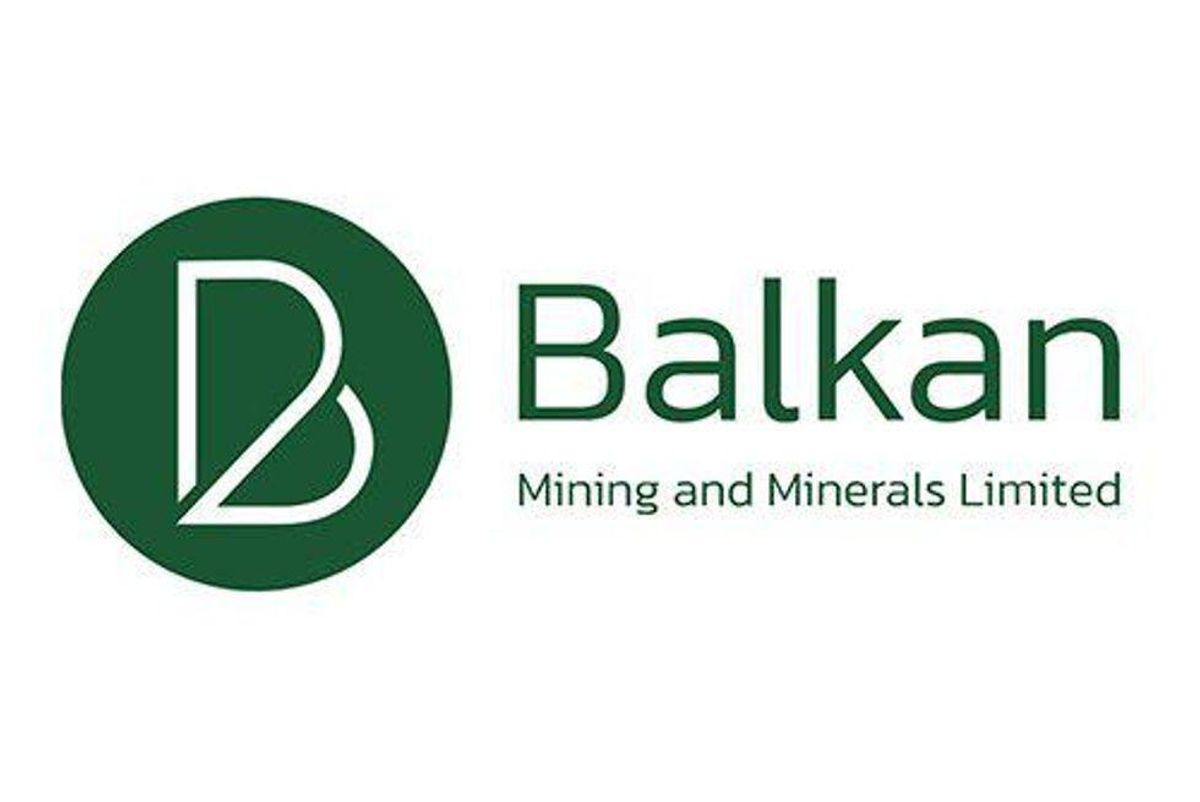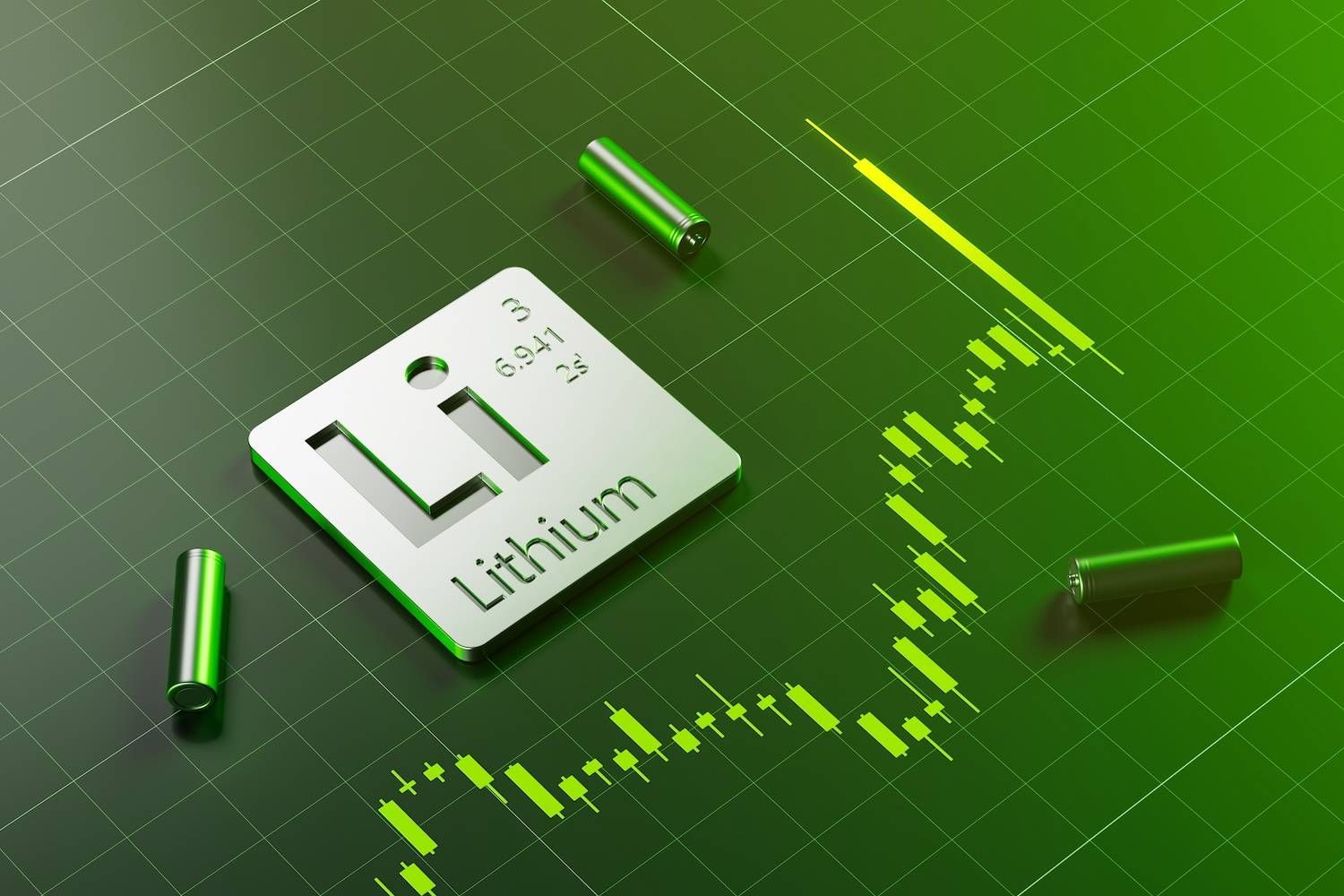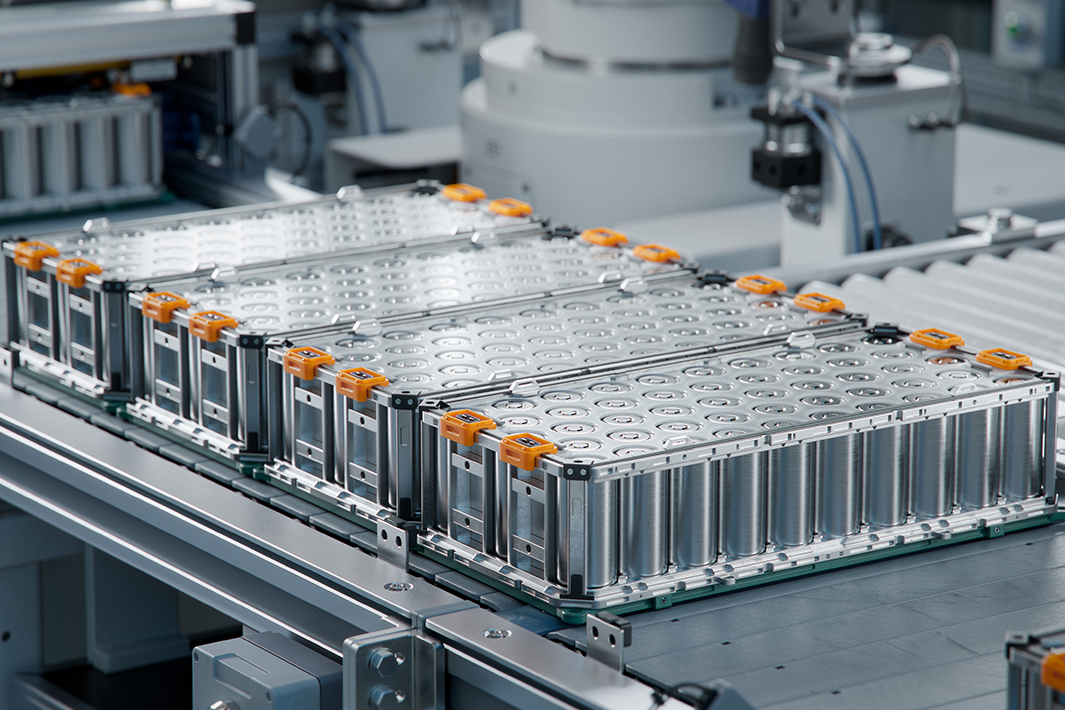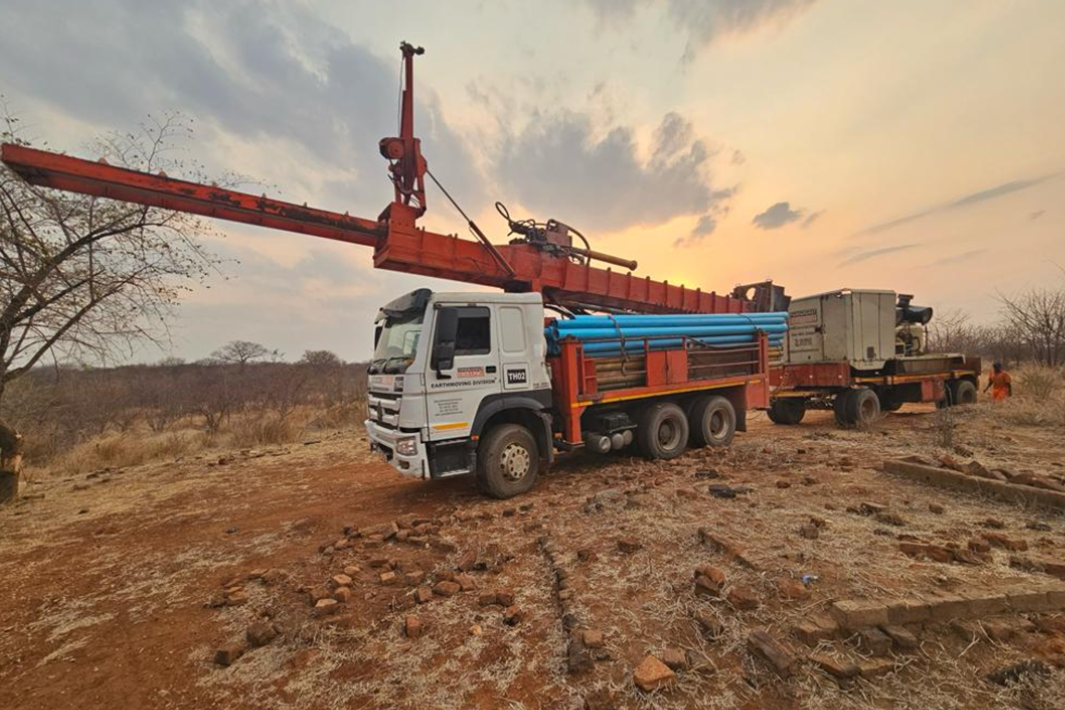
April 10, 2023
Balkan Mining and Minerals Ltd (ASX: BMM; “Balkan Mining” or “the Company”) is pleased to advise that it has satisfied the condition precedent to complete the acquisition of the highly prospective Barbara Lithium Project located in the Thunder Bay North Mining District of Ontario, Canada (the "Barbara Lithium Project" or "Project").
HIGHLIGHTS
- BMM completes 100% ownership of the Barbara Lake Lithium Project.
- The Project covers an area of approximately 42 km2.
- The acquisition expands BMM’s Ontario portfolio footprint to 120km2.
The Project is in the central portion of the Barbara Lake Area and encompasses the southwestern part of Georgia Lake. The Project is located approximately 37 km northeast of Nipigon and 150 km northeast of Thunder Bay, Ontario.
Balkan Mining Managing Director, Mr Ross Cotton, commented:
“We are pleased to have completed the Barbara Lake acquisition and expand across the well- known Georgia Lake spodumene-bearing pegmatite district.
The project is of particular interest due to its proximity to previously mapped areas in the 1950s and 1960s where recently significant discoveries have been made.
We now have a significant lithium portfolio covering 120 square kilometers across 4 projects in northwestern Ontario all of which are subject to exploration over the next 6 months. This complements our Corvette North and Northwest projects in Quebec, where we are currently planning our maiden exploration campaign.”Click here for the full ASX Release
This article includes content from Balkan Mining and Minerals, licensed for the purpose of publishing on Investing News Australia. This article does not constitute financial product advice. It is your responsibility to perform proper due diligence before acting upon any information provided here. Please refer to our full disclaimer here.
BMM:AU
The Conversation (0)
05 September 2021
Bayan Mining and Minerals
Mining Critical Minerals from the Balkan Region
Mining Critical Minerals from the Balkan Region Keep Reading...
19 January
Further Exploration Targets Identified at Bayan Springs
Bayan Mining and Minerals (BMM:AU) has announced Further Exploration Targets Identified at Bayan SpringsDownload the PDF here. Keep Reading...
31 October 2024
Quarterly Activities/Appendix 5B Cash Flow Report
Balkan Mining and Minerals (BMM:AU) has announced Quarterly Activities/Appendix 5B Cash Flow ReportDownload the PDF here. Keep Reading...
24 December
Altius Minerals to Expand Portfolio with C$520 Million Lithium Royalty Deal
Altius Minerals (TSX:ALS,OTCQX:ATUSF) is making a bet on a lithium market recovery, agreeing to acquire Lithium Royalty (TSX:LIRC) in a C$520 million deal that will expand its exposure to battery metals.Under a definitive agreement announced by the two companies on Monday (December 22), Altius... Keep Reading...
23 December
Liontown's First Tjiwarl Member Completes Apprenticeship at Kathleen Valley
Liontown (ASX:LTR,OTC Pink:LINRF) has reached a milestone at its Kathleen Valley operations, with Vaughan Harris becoming the first Tjiwarl community member to complete an apprenticeship with the company.“Being the first Tjiwarl apprentice to complete an apprenticeship here at Liontown feels... Keep Reading...
22 December
Lithium Market 2025 Year-End Review
The global lithium market endured a bruising 2025, with persistent oversupply and softer-than-expected electric vehicle (EV) demand driving prices for the battery metal to multi-year lows.Lithium carbonate prices in North Asia slipped below US$9,550 per metric ton in February — their weakest... Keep Reading...
11 December
Mining the Gap: 5 Forces Shaping North America’s Lithium Supply Chain
A convergence of industry investments, government initiatives and a shifting global trade dynamic is creating an environment ripe for the development of a North American battery supply chain, with lithium playing a leading role. These trends are reshaping the region’s industrial base and opening... Keep Reading...
10 December
Rock Bottom: Strategic Window for Ground-level Lithium Investment
When lithium prices hit bottom, savvy investors know that’s exactly where the next big discovery begins — literally. Beneath the surface of global markets and remote exploration grounds, new opportunities are forming in the wake of a sharp price reset and renewed geopolitical urgency.Recent... Keep Reading...
10 December
Liontown Resources Pens Lithium Offtake Agreement with China's Canmax
Liontown Resources (ASX:LTR,OTC Pink:LINRF) has executed a binding offtake agreement with Chinese conglomerate Canmax Technologies (SZSE:300390) as part of its strategy to diversify its customer base.“Listed on the Shenzhen Stock Exchange, Canmax is one of the world’s leading manufacturers of... Keep Reading...
Latest News
Interactive Chart
Latest Press Releases
Steadright Grants Stock Options
24 December
Silverco Confirms No Material Change
24 December
Related News
TOP STOCKS
American Battery4.030.24
Aion Therapeutic0.10-0.01
Cybin Corp2.140.00







